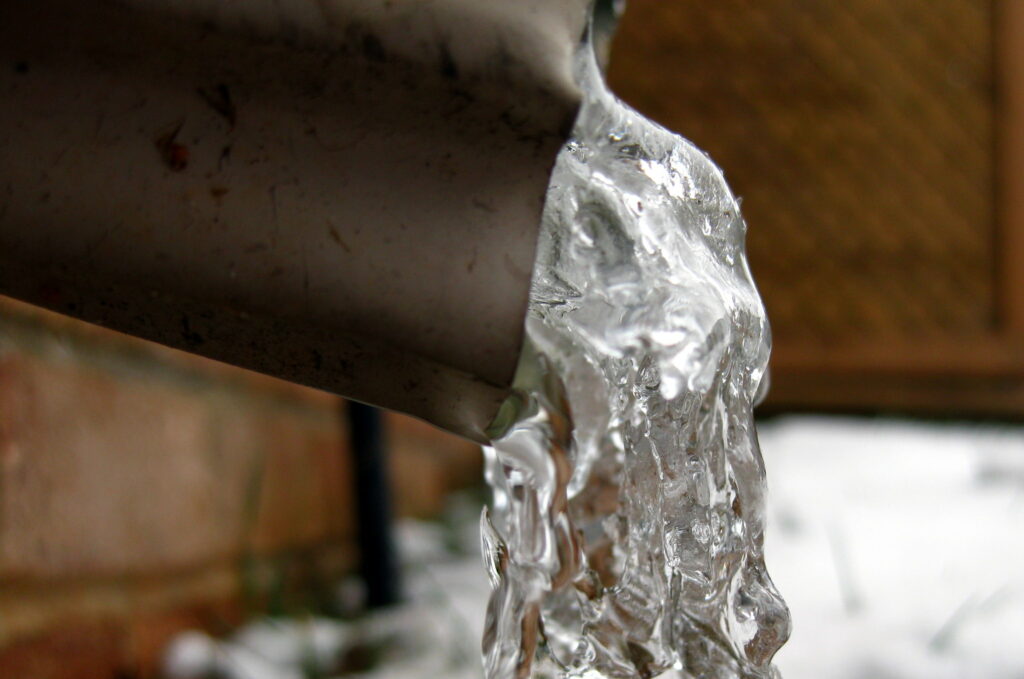
Retired and long term groundwater advocate Gary Hix, comments about how you should think of your private well: “Paint it gold and think of it as if it were . . . because it is.”
Keeping a careful eye on your ‘gold’ is important all year round but especially in winter where temperatures can reach below freezing. Exposed pipes and lack of water flow can cause problems with your well leading to cracks, broken equipment or frozen water pipes. Above ground pipes can be easily protected with foam insulation sleeves and other components such as small diameter pipes that pressure switches are mounted on can benefit from electrical heating tapes that prevent ice from forming.
Adding these protective measures is great, but periodic visual inspection to ensure they are working properly is also needed. Be sure to make notes, take pictures, and record your measurements each time you inspect your well. Chances are you won’t remember those small details the next winter or remember quite what temperature it was when last took that water measurement.
In all seasons, keep hazardous chemicals such as paint, fertilizer, pesticides, and motor oil far away from your well, check your well cover or well cap on top of the casing, test your water regularly, and make sure to schedule an annual inspection with a water well professional.
This groundwater is your drinking water – protect it!
Learn more about private well maintenance from wellowner.org:
https://wellowner.org/2024/11/preparing-your-well-for-cold-temperatures/
https://wellowner.org/2020/08/well-owner-seasonal-inspections-and-maintenance-recommendations/
